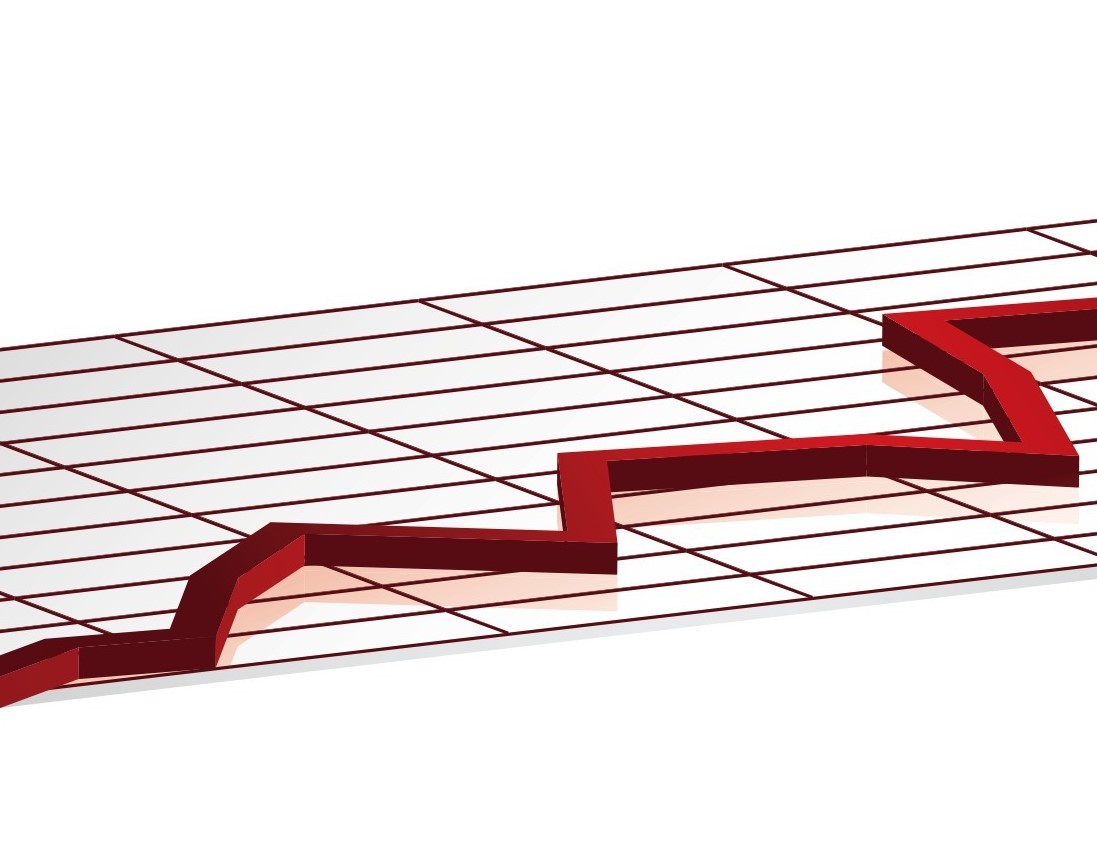Why Chart Recorder Calibration Is Important

Chart recorder calibration is a crucial part of any manufacturing process. This piece of equipment maintains a product’s temperature, humidity, pressure and flow. While chart recorders have advanced over the years, there are three primary chart record categories — electronic, mechanical and electromechanical.
Regardless of which category applies to your company’s chart recorder, it may need to be recalibrated to ensure accuracy and maintain the consistency of your manufacturing process.
Chart Recorder Calibration Procedure
To ensure that your company’s chart recorder displays accurate information, you can perform your own chart recorder calibration procedure. Proper calibration can help with display issues, accuracy and other recording errors. Even if you haven’t experienced notable issues with your chart recorder, calibrating it is an effective way to give your equipment the reset it needs so it can continue to function effectively and accurately.
To calibrate your chart recorder, install a blank sheet of a 24-hour chart and follow these steps:
- Set your chart recorder to a 24-hour start speed.
- Allow access to the test chamber by connecting the RH/Temp probe to an extension cable.
- Use a white foam access plug to seal the opening and connect the power supply.
- Change the RH/Temp probe into the manifold fixture with the 2500 chamber temperature sensor.
- If possible, adjust the chart recorder speed to 24 hours.
- Open your chart recorder software and select New Profile.
- Select every cell that needs to be altered and decide on a calibration test point.
- Use 20% RH as the first test point and choose 2500 as the maximum flow rate.
- Select No for assured soak conditions and save the profile under the menu.
- Locate the Run menu in the toolbar and create an auto profile to show 2500 as the first test point.
- Review the 2500 run and display screen reading at 20% RH.
- Monitor the calibration of the DUT RH/Temp recorder to ensure the output coincides with the chart record.
- Wait for an extended period and review the graph that displays the profile based on the 20% RH.
With the final graph and display of 20% RH, your company’s chart recorder has produced a visual image that you can use if you experience issues again. Performing a complete chart recorder calibration procedure also ensures that your chart recorder continues to produce accurate electrical signals for future use.
Contact Global Electronic Services to Repair Your Chart Recorders
At Global Electronic Services, we provide high-quality chart recorder repair services that will give you peace of mind and ensure your company’s chart recorder is functioning effectively and precisely. Whether the chromatogram won’t record or your peaks appear to be inaccurate, our electronic chart recorder repair specialists will find the best solution to your issue.
When you choose us for your chart recorder repair service, you can have peace of mind knowing you will receive a prompt, effective repair. Ready to get started? Request a project quote today or call us at 877-249-1701 to learn more.